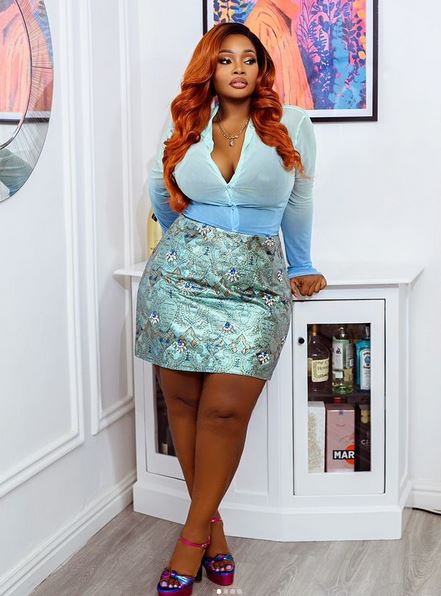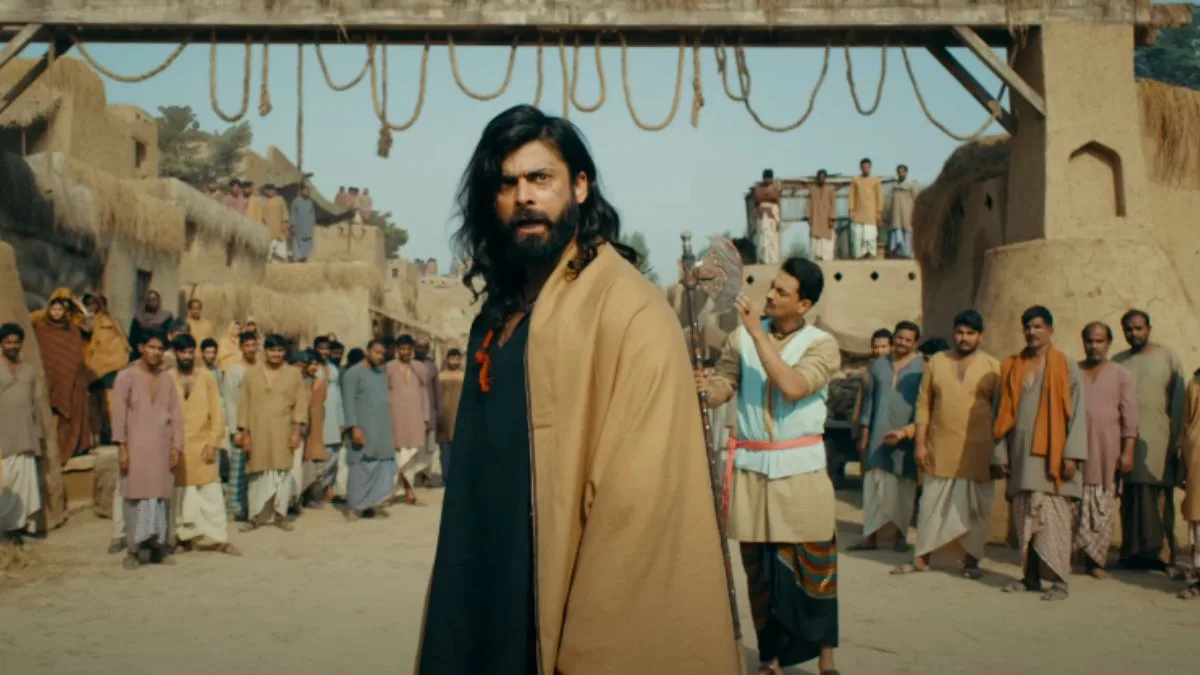
September ushers in fashion’s blank canvas, a time when reflection is not just encouraged but essential. It beckons for meditation and dialogue on the progress we’ve made and the horizon ahead. With guidance from industry pioneers and visionaries, we delve into the burning curiosity of who will helm Chanel next and explore the question: what can we expect to see in fashion in the year ahead? “I’m excited to see emerging brands break through the noise and to see how young people continue to disrupt the industry,” Willa Bennett, the editor-in-chief of Highsnobiety for over two years and a Forbes 30 Under 30 honoree, says.
There continues to be this warranted space where there is a desire for change and disruption in the industry, paved explicitly by emerging brands. Now more than ever, we are seeing experimental small brands get the chance to be recognised and seen globally. Bennett’s emerging brands to watch include A–Company, Jane Wade and Lucila Safdie.

Lucila Safdie, in particular, is expanding beyond the fashion ecosystem and connecting with the film community through the Lucila Safdie Film Club. “It’s a space where people can come together to go through all the emotions of their favourite movies surrounded by a room of strangers who share their interests and angsts,” Safdie says. By making fashion interactive, smaller brands emphasise fostering interconnectedness beyond just the clothes themselves and bringing together like-minded people for something greater.
The colliding of multiple artistic worlds will continue to flourish, acting as a gateway to collaborative creativity. “I treat each collection like a cinematic release, first and foremost exploring a character and their story and then imagining how their identity shapes the clothes they wear and their sense of style,” Safdie explains. Bennett also predicts more suits will be present in the industry as time progresses.
Following the surge in streetwear and the overall casualisation of attire during the pandemic, trend forecasters have predicted this to collapse and be replaced with a focus on tailoring, specifically in suits. But this time, the timeless garment will be reinvented with a softer, more relaxed rule and embraced in both womenswear and menswear. “I’m excited to see the men’s and women’s categories blend more and more,” Bennett says, especially with brands like Telfar, Balenciaga, Luar, Thom Browne and Our Legacy channelling this middle ground of womenswear and menswear symbiosis .
Fashion writer Liana Satenstein is fascinated with the shift towards fashion expertise being shared on Substack. This online platform allows journalists and writers to publish curated newsletters and build subscription-only audiences. Substack has become a hub for fashion writers, almost replacing and modernising the early 2000s blogging days.
With the shrinking editorial and publishing landscape, it’s no surprise that fashion platforms are sprouting, where writers like Satenstein are building their own oasis for alternative fashion journalism. “Substack has become a real fashion haven for writers and just anyone in general. I enjoy reading the unbridled takes because they are nottied with any legacy media,” she says.
There is more of a no-filter writing style present on Substack, where fashion journalists can document the zeitgeist without restrictions or agendas and take shape as a virtual diary. Regarding ways of dressing, Satenstein notices an element of ‘real life’ being illustrated both on people and on the runway. “The way people dress is not so much for Instagram anymore.
I think people are styling their clothes, and stylists are adapting the runways as if people are out and functioning in the real world. We’re moving towards a direction where people will live in their clothes and not just use them for a photographic moment or to be seen. People want to actually exist in their clothing and have them be functional,” she says.
Brands like Lemaire occupy that space of functionality. “There’s also been a shift where we see shoots for high fashion brands showcase models doing real things in everyday places. Although staged, it’s demonstrating the clothing in a real-life setting, for example, Gucci’s Bad Bunny and Kendall Jenner ad campaign at an airport,” she says.
This refreshing transformation of fashion being structured for the real world is slowly erasing the Instagram-esque motif of clothing only meant to be posed in. “It’s more about wearability and garments that are lived in and usable. People are buying less and purchasing more thoughtfully and want to be smart with their financial choices,”she says.
Similarly, fashion writer Emilia Petrarca has noticed this fatigue around fashion pricing. Amid a global cost of living crisis, the financial climate can significantly influence our perception of the industry and buying psychology. “The high price of clothing was and still is a huge conversation in fashion this year, and we’re going to see an exhaustion with regard to that, even for big spenders, who might be left feeling empty as well,” Petrarca explains.
“I think people will go back to digging around resale sites like The RealReal for affordable vintage.” Even a whole TikTok community is emerging, showcasing designer gems found at estate sales, where old homes are open to the public to scavenge through and purchase second-hand items from. The desire for second-hand items may be repackaged through estate sales, but the desire will always linger.
Petrarca also pointed out a shift in how celebrity style is evolving towards embracing more esoteric archetypes. “Brands like Loewe have become increasingly popular, and Dries Van Noten’s departure reminded people why they love his point of view so much. Zendaya’s red-carpet tours for Dune and Challengers exemplified this; they were some of the biggest fashion moments of the year.
She wasn’t dressing in pretty princess gowns or trying to look hot—she was using fashion as an extension of her character and as a way to play. I think it inspired audiences to take a similar approach, even in small ways.” Petrarca explains.
Jessica David, the creative director of Death to Stock (DTS), a trend media company that produces standout visuals for leading brands like LVMH, Nike, Apple and Squarespace, is noticing a shift in the way people dress in relation to the world’s current political and social landscape. “So much negative stuff is happening in the world that a renaissance of tradition seems inevitable. Nostalgia can give a sense of comfort and familiarity.
To me, this can lead to more people dressing conservatively—not to cover up but to look less chaotic, embracing gentle, delicate fashion in an increasingly violent world,” she says. What happens in our world from a social, political and cultural standpoint undoubtedly seeps into the industry and has an innate mirroring effect on fashion’s evolution. She argues that this impact is beyond fashion and can be found in other artistic spaces like music, photography and fine arts.
“This goes beyond clothes, with divine melodies in music, more chiaroscuro-like lighting and colours in photography, and religious-themed campaigns. Now that we see people living in what looks like ‘hell’, everyone wants to go to ‘heaven’,” David explains. “Interestingly, we’re seeing a 170 percent increase in the search term ‘traditional’, an 83 percent increase in ‘nostalgia’ and a 122 percent increase in ‘spiritual’ on the DTS platform,” she adds.
This means more searches are being conducted to find imagery that classifies as the above categories for brand campaigns, editorial projects and design work. Essentially, a hunger for both tradition and nostalgia is heightened. David also mentions how artificial intelligence (AI) has influenced the lifespan of trends.
This year, more microtrends were born and disappeared overnight. Now, with AI technologies, we can analyse and interpret that data to extract meaning from it.“Like everything AI has touched, it’ll make obtaining and adjusting trend information easier.
When things are easier, they happen at a faster pace. We’re already seeing a quicker evolution of trends , rendering the concept of ‘first’ as obsolete,” she says. With this new access to data and knowledge, fashion may feel pressured to keep up, which could mean more brands creating collections beyond spring/summer and autumn/winter, she explains.
Blurring the lines of luxury fashion and thinking about how it exists outside an elite bubble means making space for new voices and perspectives to be heard. The rollercoaster of possibilities is endless when technology and culture collide to offer a platform to grassroots brands. The seasons ahead can champion this growth and change, but as outlined in the predictions, all it takes is one fashion plot twist to shake the industry’s trajectory overnight.
The September ‘Kitsch’ of Vogue Singapore issue is available online and on newsstands..














